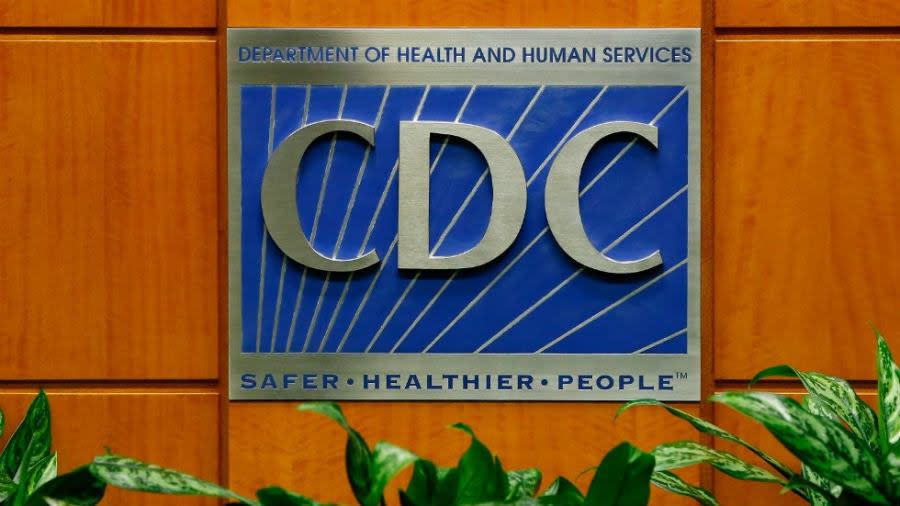CDC still unsure on cause of hepatitis cases in children, issues new guidance for adenovirus testing

The Centers for Disease Control and Prevention (CDC) is issuing new guidance to clinicians on testing for adenovirus in children as the cause behind the recent cases of pediatric hepatitis around the world remains uncertain.
During a press briefing on Friday, CDC Deputy Director for Infectious Diseases Jay Butler shared an update on the hepatitis cases that have been found in children in the U.S. According to the most recent data, 109 children across 25 states and territories have been found to have hepatitis due to an unknown cause.
Ninety percent of the children were hospitalized, 14 have had to have liver transplants and five have died. The CDC was unable to share in which states the deaths had occurred.
The 25 U.S. states and territories that have reported cases are: Alabama, Arizona, California, Colorado, Delaware, Florida, Georgia, Idaho, Illinois, Indiana, Louisiana, Michigan, Minnesota, Missouri, North Carolina, North Dakota, Nebraska, New York, Ohio, Pennsylvania, Puerto Rico, Tennessee, Texas, Washington and Wisconsin.
Symptoms of hepatitis include vomiting, dark urine, light-colored stool and jaundice, which is a yellowing of the skin.
The CDC officials on Friday said it remained to be seen if the COVID-19 virus was connected to the hepatitis cases, as most of the children are not believed to have had documented cases of coronavirus.
The median age for the patients is 2, meaning most are ineligible to receive the COVID-19 vaccine, ruling out the possibility that these cases are tied to side-effects from coronavirus immunization.
As the CDC has previously stated, none of the children are believed to have had underlying conditions.
One CDC official noted that it is unclear whether these cases are a regular occurrence that the agency is picking up on due to expanded testing or if they are in fact an unusual phenomenon.
Adenovirus has been found in some of the hepatitis cases, leading officials to investigate a possible link between the liver inflammation that the children are experiencing and the virus. According to Butler, more than half of the 109 patients in the U.S. were found to have adenovirus.
“Following input and collaboration with laboratories around the country, CDC is issuing new guidance for clinicians related to adenovirus testing and reporting the possible cases of pediatric hepatitis of unknown cause,” Butler said.
Adenovirus normally does not cause damage to the liver. The usual symptoms of the pathogen are flu-like and include inflammation of the stomach and lungs. The virus is typically spread through microdroplets from coughs and sneezes, but it can also be transmitted when someone touches a surface and then touches their mouth, nose or eyes.
The CDC reiterated that hand-washing, covering coughs and sneezes and avoiding people who are sick are all methods that could help prevent adenovirus infection, though its connection with the hepatitis cases is still uncertain.
For the latest news, weather, sports, and streaming video, head to The Hill.

